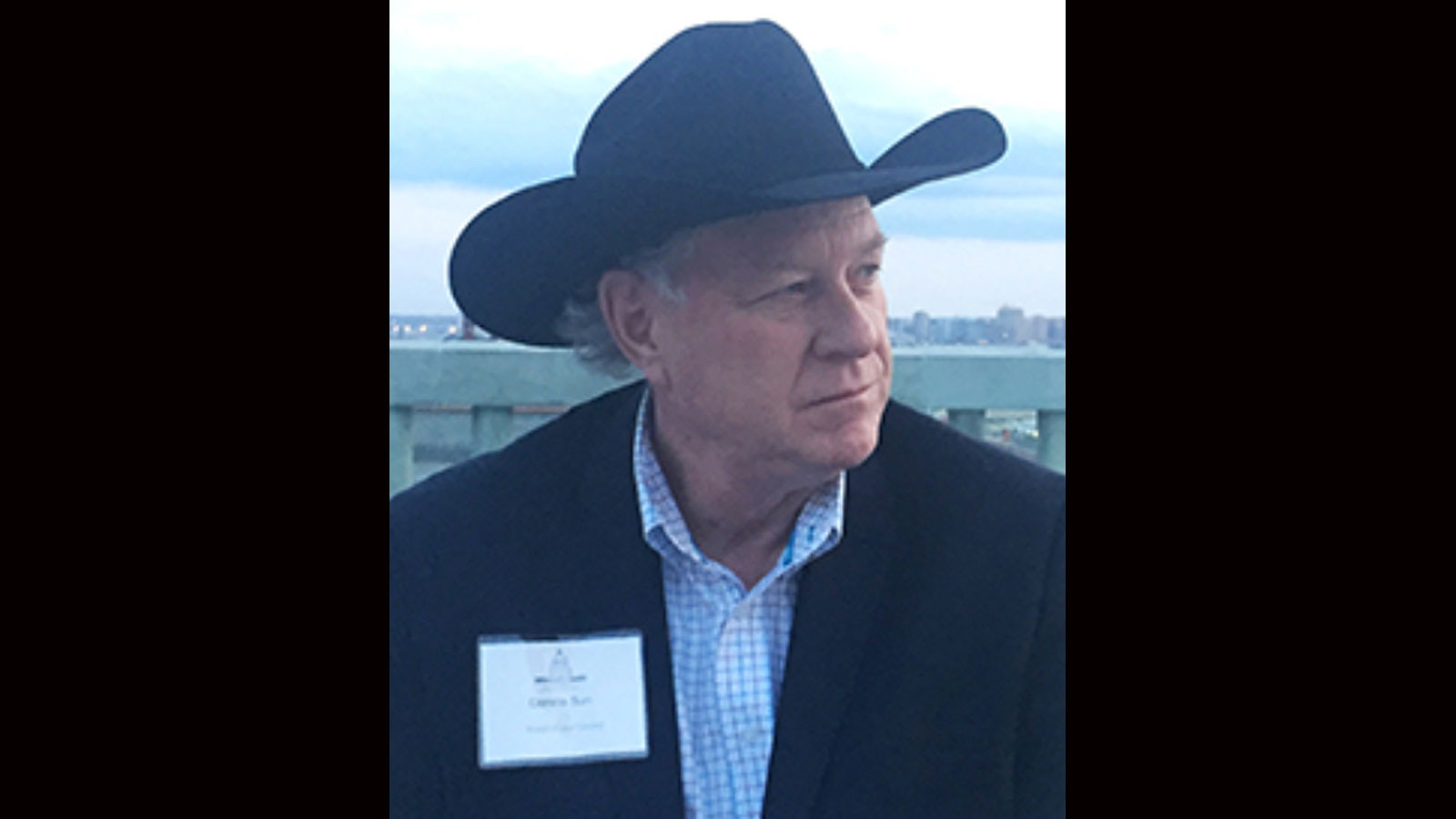By Dennis Sun, Wyoming Livestock Roundup
Lately, there have been more than enough reasons to complain about the meat processors or packinghouses. They are making a ton of money with the high demand of meat at the retail sector, and the producers out in the hills are not receiving their share. But, we need to give the meat processors credit for making some products out of the whole carcass into value-added byproducts.
At processing plants, after high-demand cuts of meat are removed from the carcass – roughly half the carcass – the upcycle process begins. The process begins by removing other cuts or parts of the animal which mainstream U.S. consumers don’t want.
These would be the parts of the animal that if it were butchered at home, as a kid, you just knew you didn’t want to eat. These cuts, which we now know as variety meats, make up a large part of U.S. meat exports. In turn, variety meats help make our meat industry sustainable.
These byproducts include the heart, tongue, liver and tripe, which do sell in the U.S., but other parts less popular in the U.S. include head meat, cheek meat, tongue root trim, oxlips, honeycomb tripe, omasum, small intestines or marrow gut, oxtails sweetbreads, kidneys, bile and gallstones. Well, there goes dinner – that’s quite a list.
The rest of the carcass – the bones, fat and scraps – are left for the rendering plant. The big processors have their own rendering plants, and smaller plants typically contract out to other rendering plants. The idea of rendering is to separate protein from fat. The blood and protein will be turned into fertilizer and aquaculture feed. Fat becomes tallow, which will be used in numerous products such as biofuel, tires and shampoo. No wonder I’m losing my hair.
These products have a place in the world and make the processed animal worth more, and hopefully some of the value will trickle back to the producer.
We don’t hear much about rendering as it has been known as “the silent industry” or the not-so-glamorous industry. The truth is, rendering was the original “recycling plant” a long, long time ago when nothing on an animal butchered was wasted.
Now, rendering is a critical industry as their sustainability focuses on reaching net zero. Net zero, as the Environmental Protection Agency (EPA) defines it, is consuming only as much energy as is produced. The rendering industry today sequesters five times as many greenhouse gases as it produces. Rendering will only survive in countries like the U.S., which only eat around 50 percent of the animal processed.
In the U.S., renderers collect around 56 billion pounds of raw materials each year and turn them into 22 billion pounds of animal fats, oils and proteins each year.
Grocery stores generate 1.92 billion pounds of scraps, fat, bone and used cooking oil annually. Renderers collect 4.4 billion pounds of used cooking oil per year in the U.S. and Canada. If all renderable products were sent to landfills instead of being processed, all available space would be gone in four years.
Almost four billion gallons of water, which would be wasted, is instead reclaimed during rendering, cleaned and returned to rivers and streams. Rendering reduces animal agriculture’s carbon footprint by sequestering five times more greenhouse gases than produced. The important fact of rendering is the industry accounts for $10 billion in annual economic activity across the U.S., including rural America.
Those are facts the meat industry can be proud of.
The Wyoming Livestock Roundup is a weekly agriculture newspaper available in print and online. To subscribe, visit wylr.net or call 1-800-967-1647.





